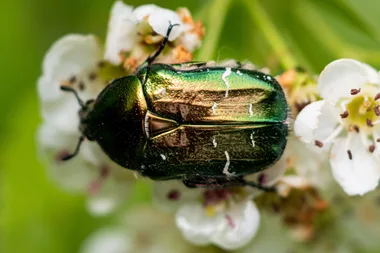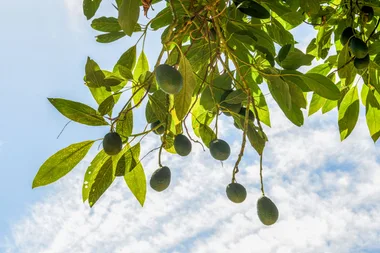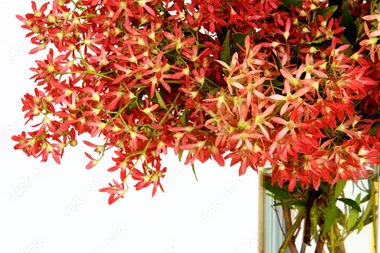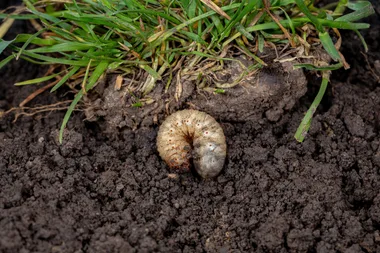Flowers provide unrivalled beauty in the garden, however, like all good things, they eventually come to an end. But that doesn’t mean your landscape shouldn’t look fabulous all year round!
WATCH: Charlie visits a show-stopping garden
When the blossoms have withered and gone, foliage is there to bridge the gap, providing a tapestry of textures and rich colours between seasons. You could buy deciduous plants, which provide autumnal colour, but for a permanent display, look for evergreen shrubs and perennials in shades of purple, grey, silver, gold or cream.
Lacking inspiration? Here are 17 expert tips to take your garden to the next level.
1. Play around with foliage
Foliage of different shapes and textures can be created and styled in several ways, not just with colour alone. Mix it up with various foliage combinations and experiment with deep purples and vivid multi-toned golds.
2. Keep on top of maintenance
Pruning and shaping help provide formality and balance to a garden full of dramatic foliage combinations.

3. Experiment with colour
Play with eye-catching colour combinations for different effects. For example, soft purple leaves look beautiful with strappy grey foliage, and small round yellow leaves contrast perfectly against the fine dark green blades of mondo grass.
4. Create the illusion of depth
Planting in layers can give the look of a more lush garden. Narrow beds can appear deep when foliage is selected for its varying height and bold colours are contrasted in rows.
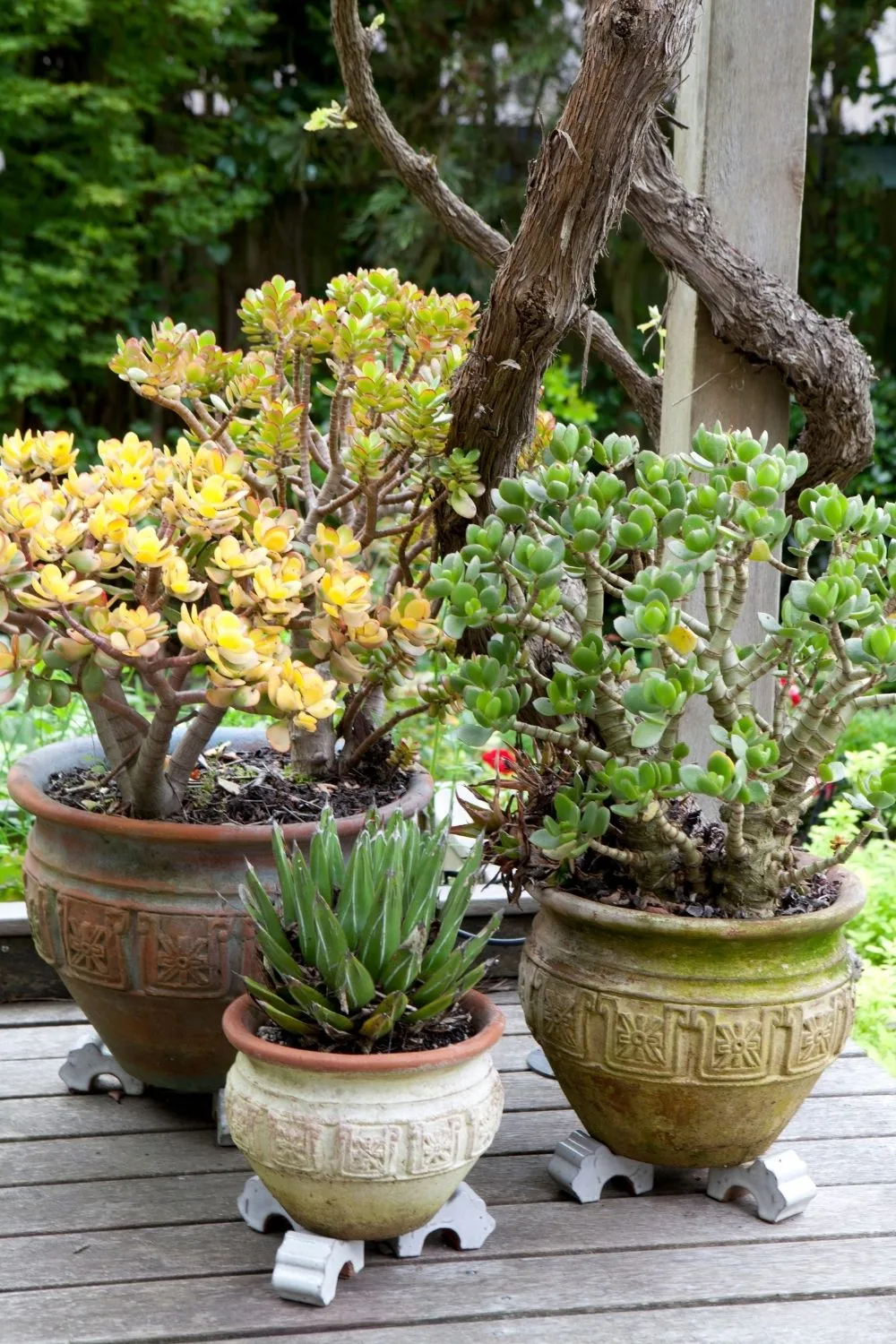
5. Don’t forget the balcony
Ideal for balconies and patios, potted succulents provide maximum impact with minimal maintenance. DIY planter boxes are another easy addition to any patio, and while you can buy ready-made boxes, it’s more fun to make your own. Best of all, you can fill them with bright blooms from your own garden.
6. Choose sturdy plants
A versatile choice, variegated pelargoniums are dense, drought tolerant and grow just as well in pots as they do in garden beds. Grevilleas are another hardy plant with deeply divided leaves that are decorative in their own right. There are forms with silver, green or bronzy foliage, and they’re available in a variety of heights and habits.
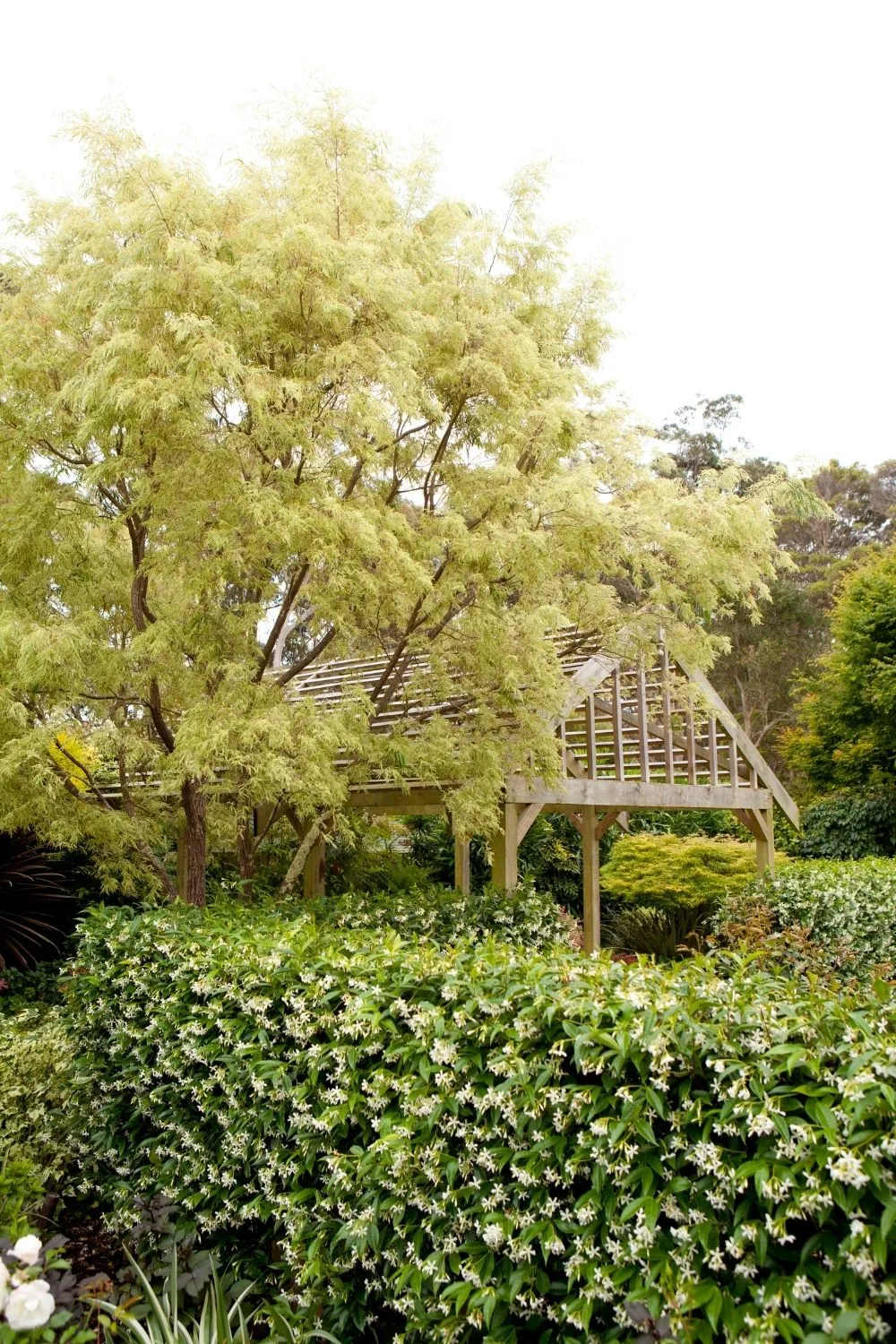
7. Plan your garden out
Planning is crucial, so consider your space and plant in interesting patterns. Take your time – attention to detail in the early stages pays the greatest dividends.
8. Don’t be afraid to start over
If at first you don’t succeed, pull it out and start again! If an area is tired or you’re no longer ‘loving it’, then it’s time for a makeover. As your taste changes, your garden should too.
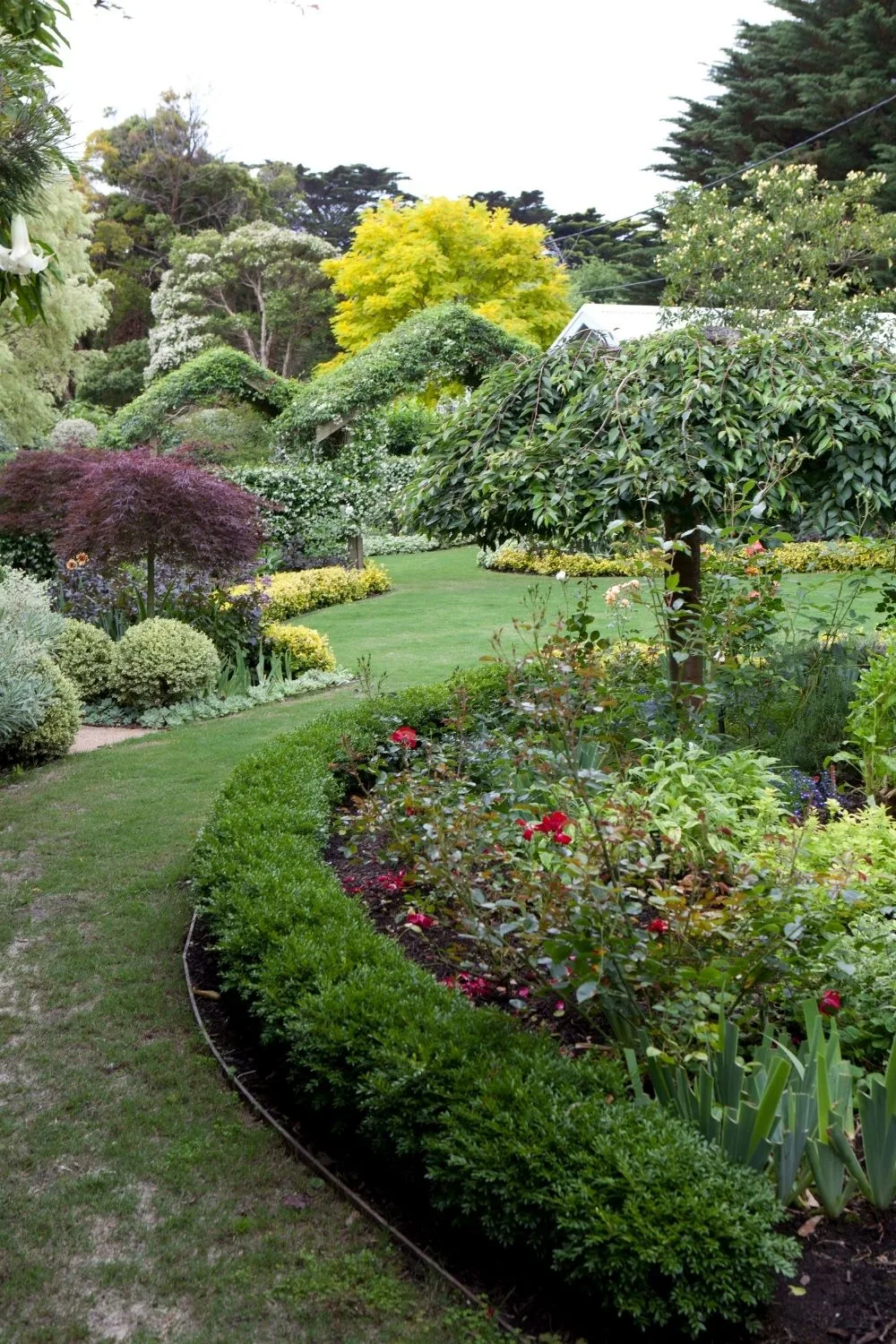
9. Learn how to propagate
Being able to propagate your plants will not only save you a fortune when mass planting new areas of your landscape, but also help you add continuity.
10. Pick plants you love
Each season, add a few plants that you really love, whether it be for their flowers, fruit or seasonal foliage. This way you’ll have something new to look forward to and enjoy in your landscape throughout the year.
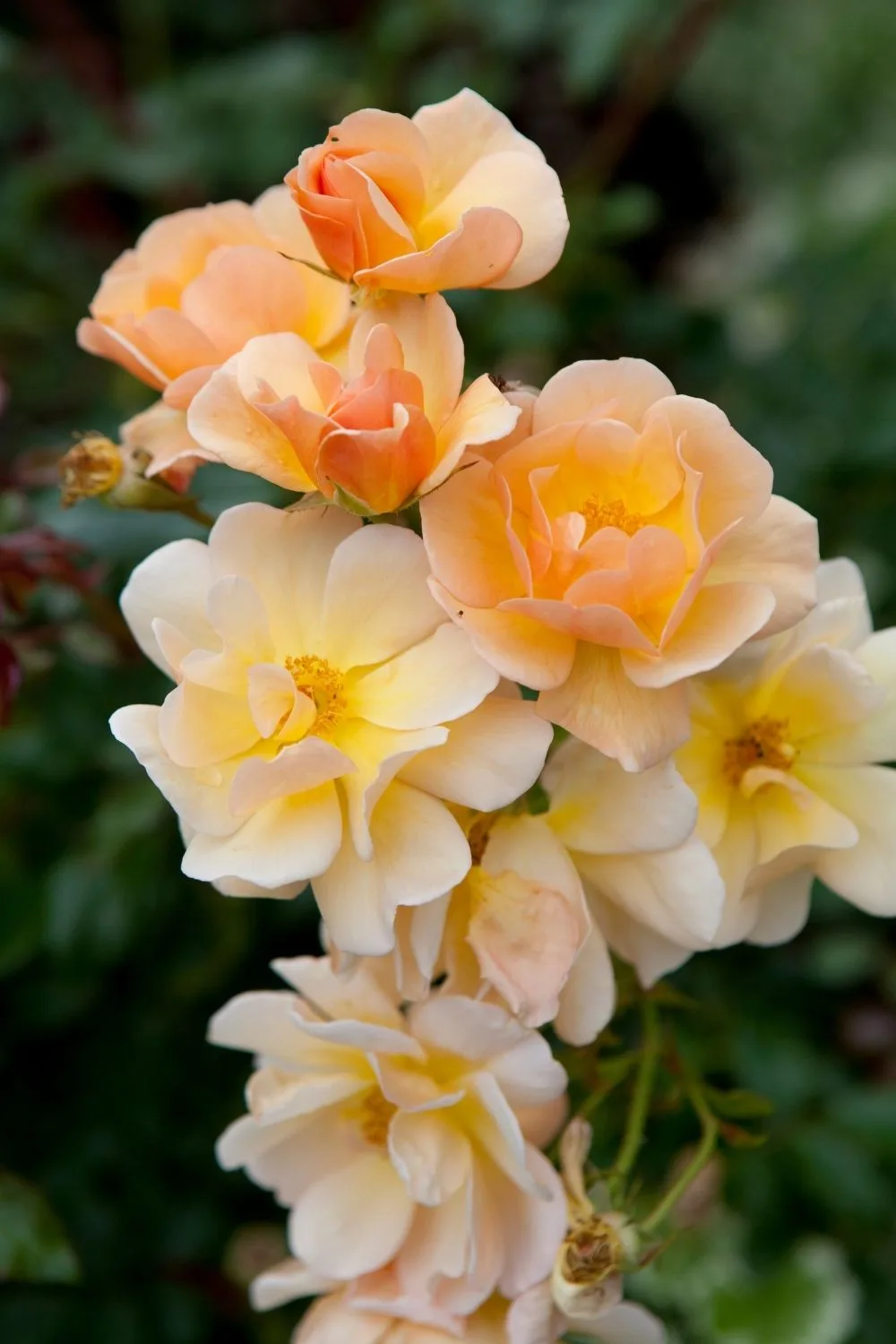
11. Add native plants
Australian native plants are colourful and can be easily incorporated into any style of garden. So even in dry or coastal conditions, an interesting foliage garden can be easily achieved.
12. Go low maintenance
Reduce the need for weeding while providing flawless foliage, even at ground level, with low maintenance ground cover plants, such as lamium. For lush greenery that requires little water, mass plant lomandras. They’re hardy, tuft-forming perennials, tolerant of dry conditions and coastal climates.
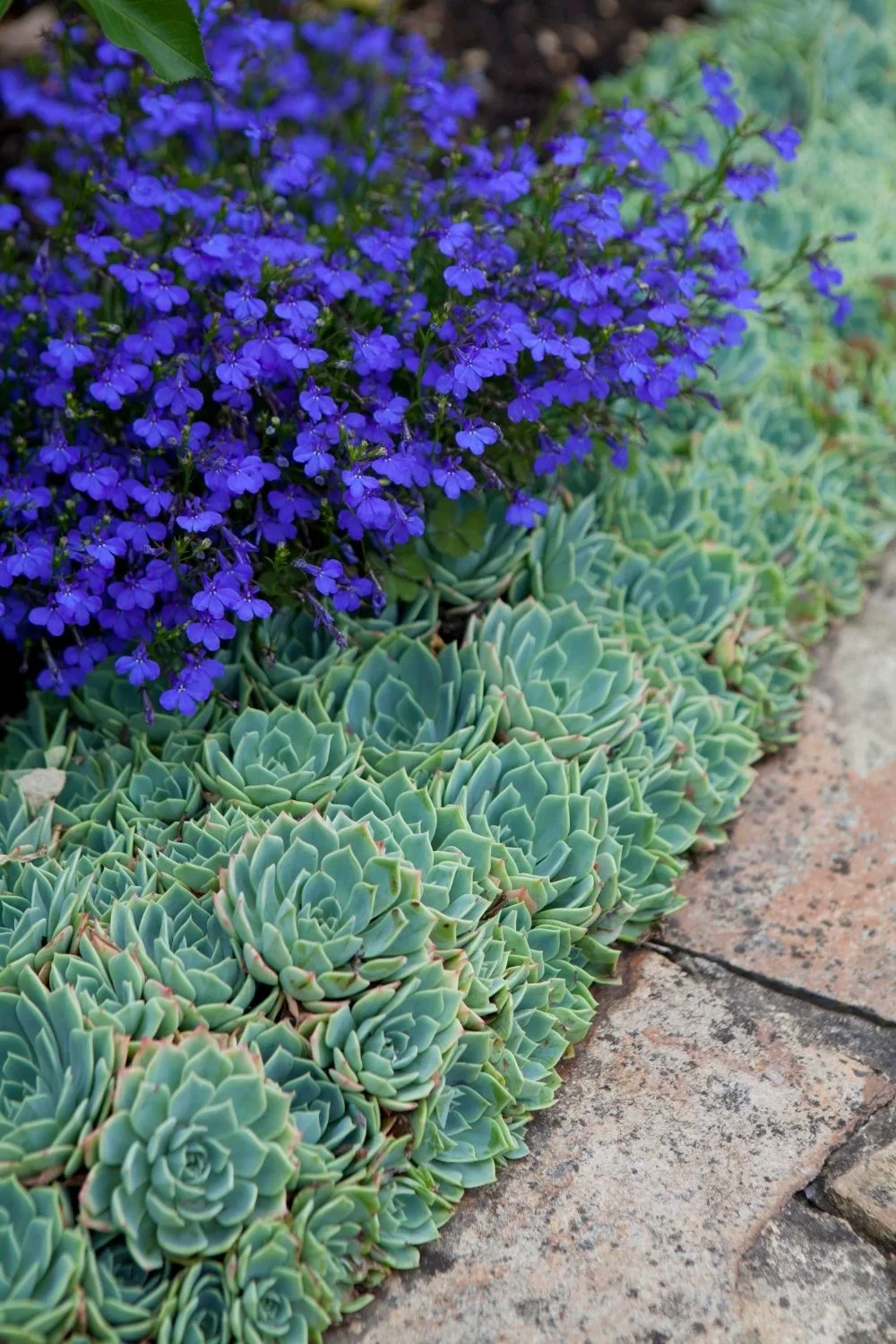
13. Soften garden edges
Blend square decks into curved gardens by using grasses and clumping plants at the base to soften their hard lines and straight edges.
14. Create a secret spot
Include a special place in your outdoor space where you can enjoy all your hard work. It may be a spot for entertaining, or a quiet escape. And it can be elegant, as here, or a rustic bench in a quiet corner.
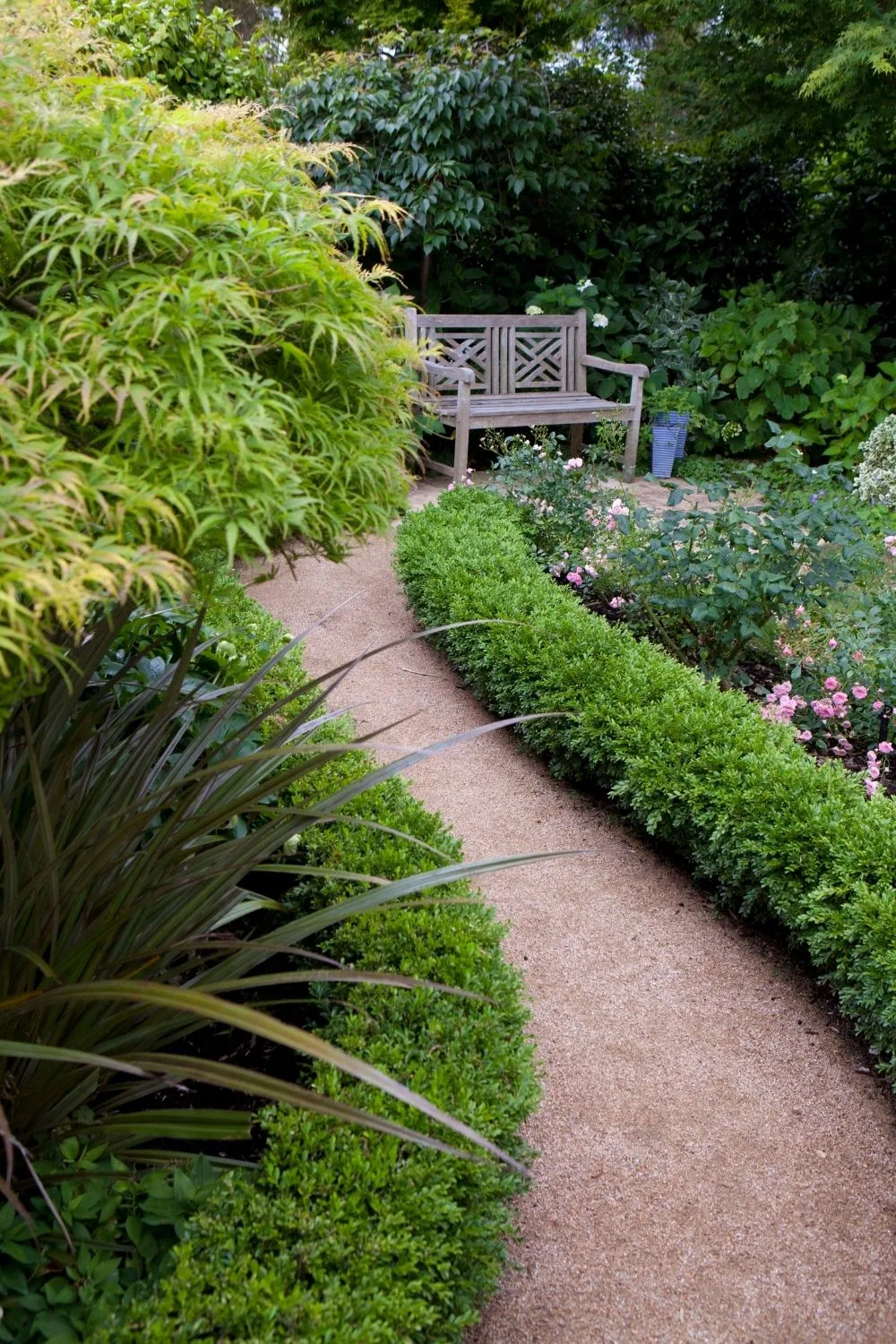
15. Add intrigue with a curved path
A suburban backyard can easily take on the appearance of a large country estate with the help of serpentine garden edging and dense plantings that obscure the line of sight. Position a focal point toward the end of the garden path, just in view, to entice visitors to explore further into your oasis.
16. Living mulches
Experiment with living mulches to reduce weeding and watering. Combine succulents and perennial groundcovers of all shapes, colours and sizes, and save yourself hours pulling weeds!

17. Plant gum trees
Gum trees grow well in all areas of Australia and provide valuable protection for more delicate plants. Many gums have unique features, such as lemon-scented foliage, squiggly bark, vibrant flowers, or fascinating nuts like those of this Eucalyptus globulus.
